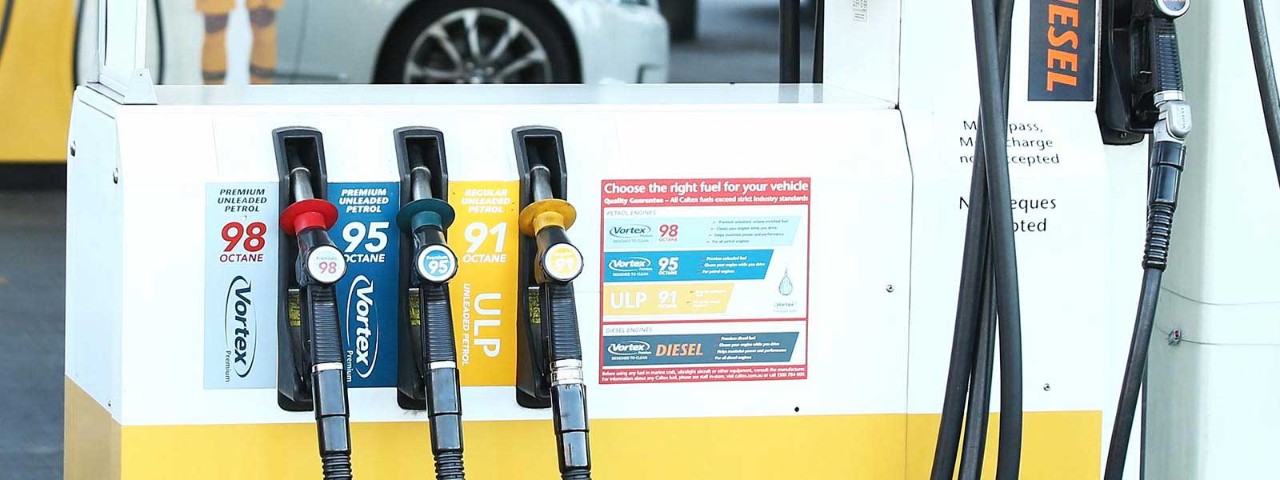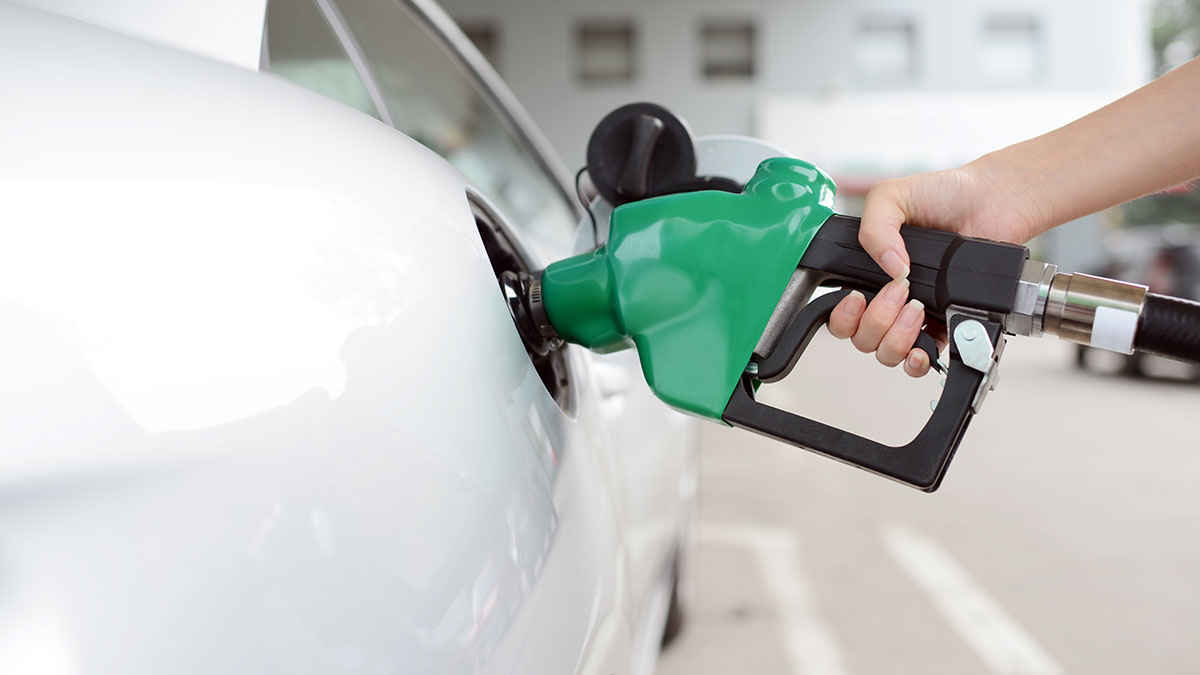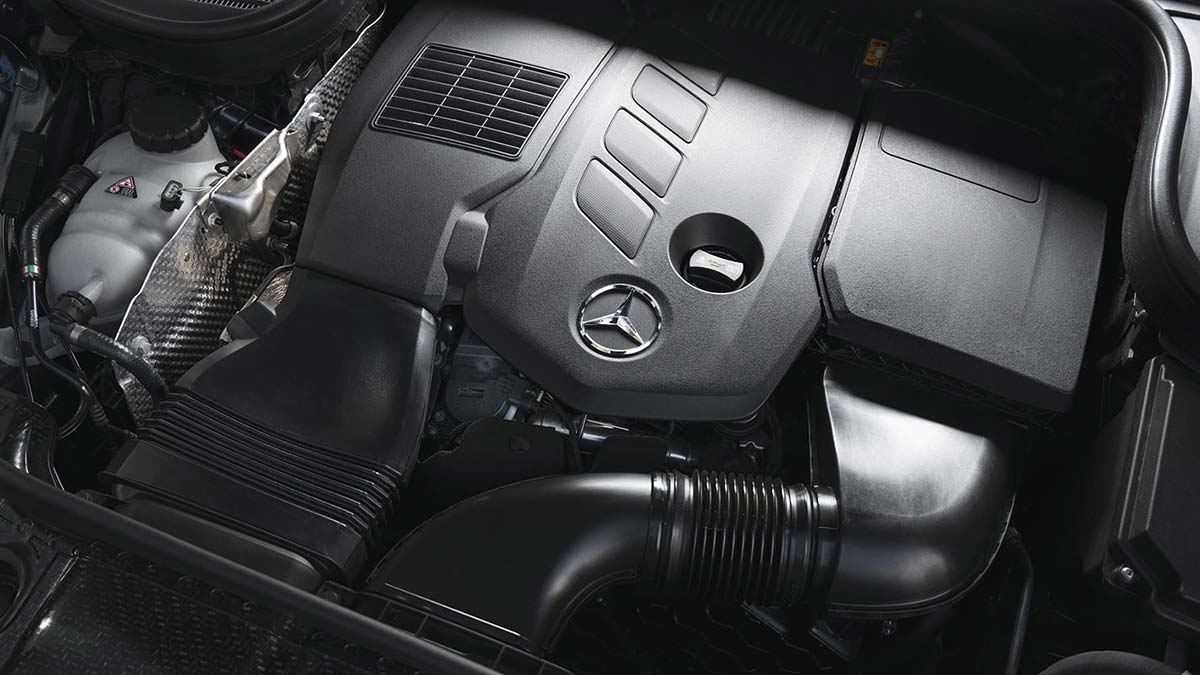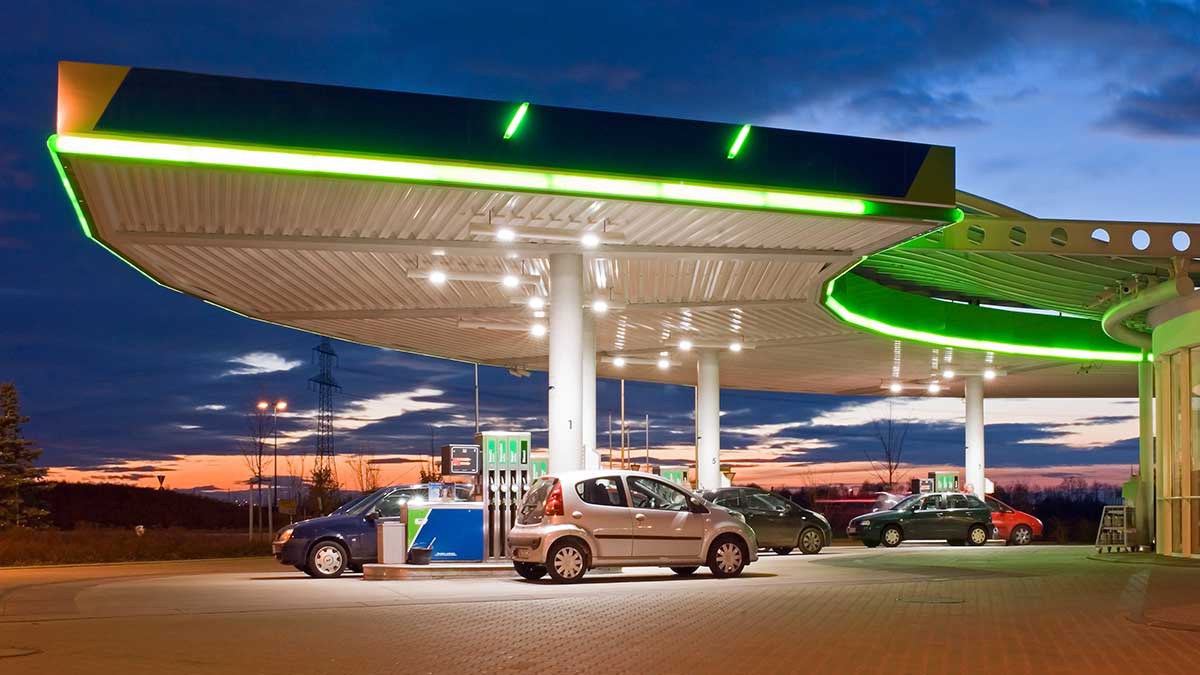How safe are American pick-ups and large utes that are popular among Australian buyers but can pose a threat to other road users? ANCAP has tested the crash avoidance tech of 5 top utes to find out.
Know your petrol types: why regular might be better than premium ULP

With petrol prices at record-highs, motorists are being tempted to opt for the cheapest fuel. But is it worth it in the long-run?
Standing in the petrol forecourt and looking at the big signage board advertising prices, the conclusion many are coming to to save a few pennies is to change the type of petrol put in the tank.
Car companies research and develop engines to run on a fuel with a specific octane rating.
The octane rating (technically known as Research Octane Number, or RON) is essentially how much heat and pressure the fuel can withstand before it ignites. That’s why performance cars using engines with a high compression ratio require fuels with high RON values.
In general, European-built cars typically require 95 RON fuel, while performance vehicles will probably be tuned to operate on premium 98 RON fuel.
Most Asian-built cars are designed to operate using the cheaper 91 RON fuel and E10, an ethanol-infused fuel, can be used in most cars (the owner’s manual will confirm this).
What is each fuel type good for?
E10
As the name suggest, E10 fuel is made by mixing 10 per cent ethanol into regular unleaded fuel.
Ethanol is cheaper than petrol, so the resultant fuel costs less at the bowser.
The downside is ethanol is less energy-dense than fuel, so you literally get less bang for your buck.
This means those who fuel up with E10 will be using around three per cent more fuel than 91 RON petrol to travel any given distance.
To be better value, E10 then needs to be at least three per cent cheaper than regular unleaded petrol … and that isn’t currently the case. Allowing for an average price of $2.10 for regular, E10 would need to cost less than $2.04 to be worthwhile.
The FCAI website has an E10-compatibilty table but advises owners to check the label inside the fuel filler door, their handbook or with the manufacturer if in doubt.

Motorists are better off using the fuel recommended for their car
91 RON
This is still the benchmark fuel, given most of the cars on our roads are tuned to operate on it. It is known as 'regular unleaded', or simply 'regular'. It combusts at lower temperatures and pressures than its higher-numbered relatives.
Engine knock or “ping” occurs when fuel ignites in an engine before the spark plug has fired. Over time, knocking can damage the very expensive internal components, from the valves to the piston rings.
Modern fuel-injected engines are equipped with knock sensors that detect the high-frequency vibrations this premature combustion causes and signal the car’s electronic control unit to adjust the ignition timing to avoid the problem.
You can theoretically run a performance car on 91 RON, but the change in ignition timing will result in a drop in power and increased fuel consumption. Consequently, owners are likely to accelerate harder and have to refill more often.
That probably defeats the reason you put the cheap fuel in in the first place.
Conversely, owners of vehicles with a recommended 91 RON ingestion are generally wasting their money buying the more expensive fuels, given the cars haven't been tuned to take advantage of the higher-octane propellents. As a result, performance and/or fuel efficiency gains will be marginal.
95 RON
The “go-to” fuel for modern European cars, be it a Mini or a Mercedes-Benz. These engines have been calibrated to run on the higher-octane brew and deliver minor improvements in fuel efficiency than the same engine tuned to operate on 91 RON.
It is worth noting that most European petrol stations don’t even stock 91 RON fuel.
Part of the reason is the increased efficiency that comes from using the higher-octane petrol helps car makers meet the strict emission and consumption standards that apply in EU countries.
As stricter fuel regulations come into force, expect 95 RON to replace 91 as the most popular fuel type sold.

High-end cars need high-quality fuel
98 RON
Everything from a Porsche to a Mercedes AMG, BMW M and Audi RS demand the best, be that oil (given the more frenetic engine operating temperatures and speeds) or fuel.
Simply put, if you can afford to buy a sports car, you can afford to buy the premium juice. Oil companies know this, which is why 98 RON typically costs around 10 per cent more than regular unleaded.
It is worth pointing out premium fuel does include additives such as detergents which help clean the valves and fuel injectors.
Common misconceptions
During high price cycles like the current conditions, owners on a budget will often “drip-feed” their vehicles by fuelling with just enough to last the next couple of days rather than copping the financial hit of filling up the tank.
The rationale is they hope the price will drop before they need to top-up.
Some people, however, believe that driving around with too little petrol will cause performance and reliability issues because the intake will pick up the gunk in the bottom of the fuel tank.
The reality is that car makers long ago fitted the fuel pick-up point at the bottom of the tank, so owners weren’t running out of fuel while there was still some available.
If there’s water or particulates in your latest tank of petrol, it will quickly settle to the bottom and is a reason why drivers very quickly discover they’ve just topped up with “dodgy” fuel.

There is no set day of the week where fuel is cheaper
Look beyond the price
The easiest way to save money running your vehicle is to ensure it is serviced to schedule, the tyres are at the correct pressure and you’re not lugging around excess baggage that adds to the car’s weight and, in the case of roof racks, its aerodynamically efficiency.
Having your car serviced means the engine is recalibrated for optimum efficiency and the fuel and oil filters have been replaced to keep your engine in ideal condition.
In the case of tyres, underinflated hoops don’t roll as easily, so the engine has to work harder to get the vehicle moving.
Resist the temptation to go the other way and overinflate the tyres. This will not only create a harsher ride (the tyre’s sidewall won’t flex as much over bumps) but will increase tyre wear.
The owner’s manual will state the appropriate inflation pressures depending on the load in the vehicle.


